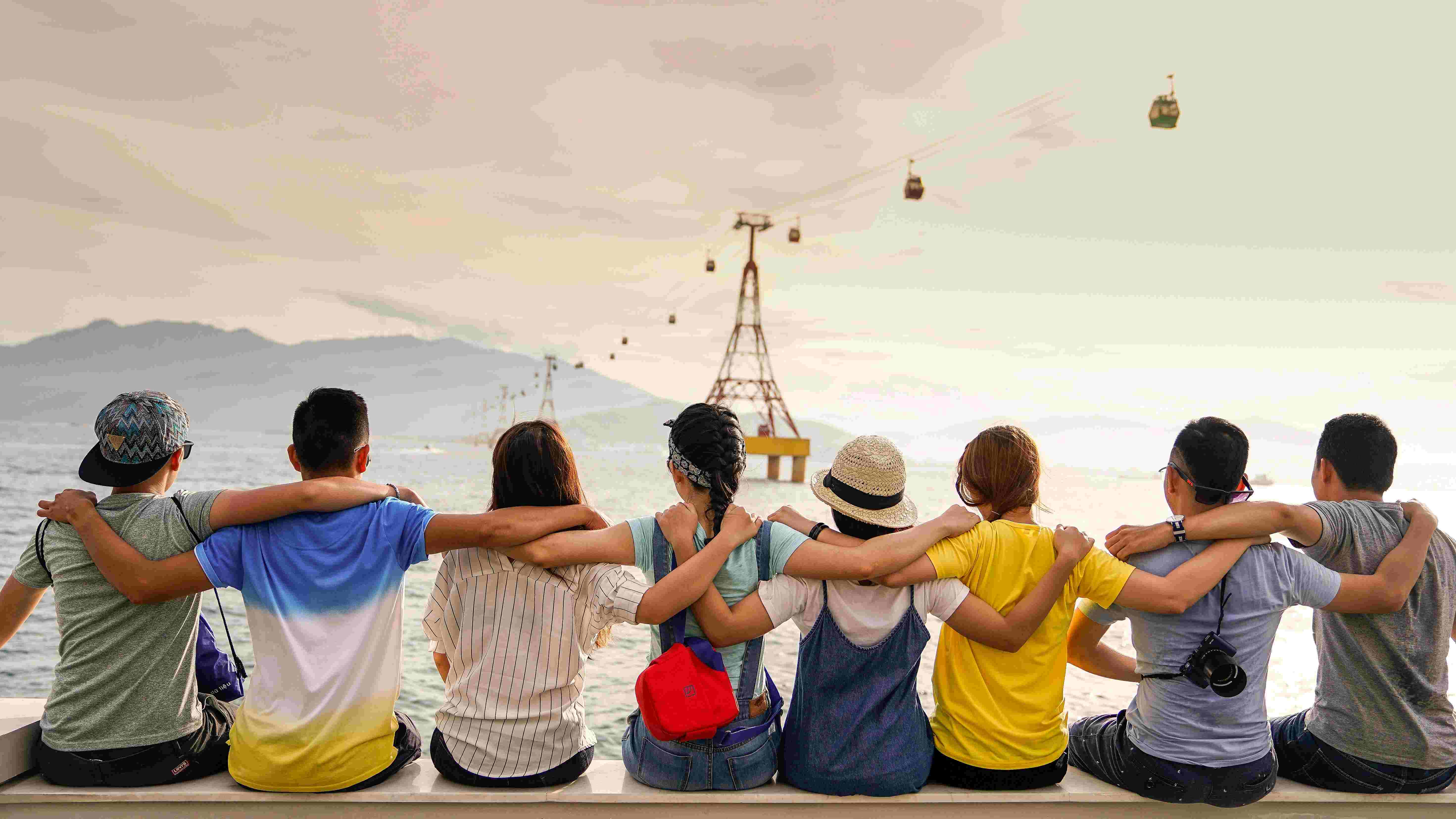International Day of Friendship 2025
International Day of Friendship is dedicated to recognizing the role of friendship in promoting peace and understanding across the globe. Proclaimed by the United Nations General Assembly in 2011, this day emphasizes the importance of friendship between peoples, countries, cultures, and individuals in building bridges and fostering harmony. Observed on July 30th, this day encourages activities and initiatives that promote dialogue, mutual understanding, and reconciliation.
The Significance of Friendship
This paper systematically reviews the current state-of-the-art and future perspectives of AI in battery research and applications for EVs.
Resilient Health: Leveraging Technology and Social Innovations to Transform Healthcare for COVID-19 Recovery and Beyond, 2024, Pages 713-727
Safeguarding Mountain Social-Ecological Systems, Vol 2
Building Transformative Resilience in Mountain Regions Worldwide
2024, Pages 201-206

